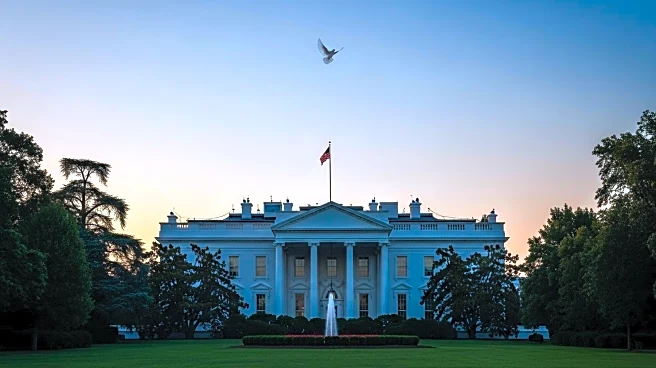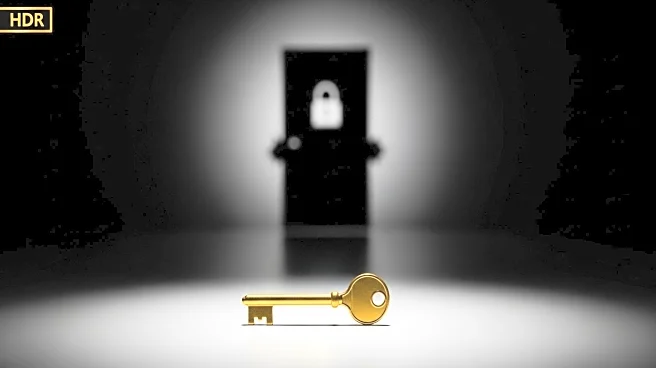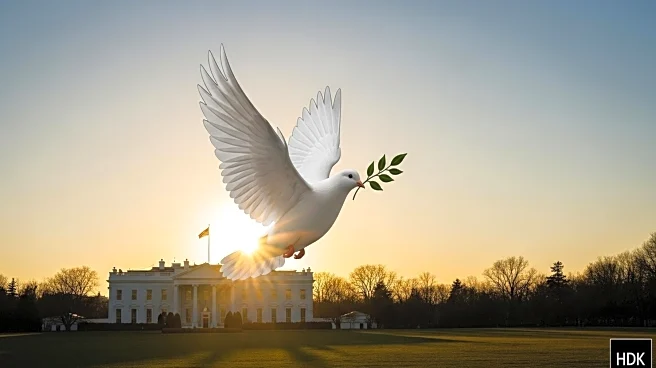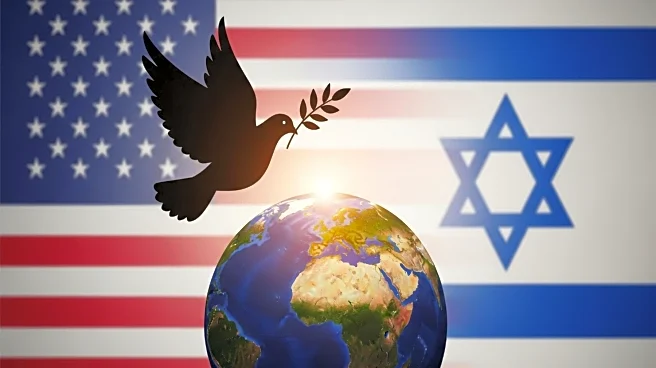What is the story about?
What's Happening?
Israel and Hamas have commenced a fragile ceasefire, marking a significant development in the ongoing conflict between the two entities. Trita Parsi, vice president at the Quincy Institute and author of 'Treacherous Alliance: The Secret Dealings of Israel, Iran and the US,' provides insights into the delicate nature of this ceasefire agreement. The ceasefire follows a period of intense hostilities, with both sides experiencing significant casualties and destruction. The agreement aims to halt the violence temporarily, allowing for humanitarian aid and potential diplomatic negotiations. However, the ceasefire's fragility is underscored by the historical volatility of such agreements in the region, where previous ceasefires have often been short-lived.
Why It's Important?
The ceasefire between Israel and Hamas is crucial as it temporarily halts the violence, providing a window for humanitarian relief and potential diplomatic efforts. This development is significant for the international community, which has been advocating for peace and stability in the region. The ceasefire could lead to a reduction in civilian casualties and allow for the rebuilding of infrastructure damaged during the conflict. However, the agreement's fragility means that stakeholders must remain vigilant to ensure its longevity. The ceasefire's success or failure could have broader implications for regional stability and international relations, particularly involving countries with vested interests in Middle Eastern peace.
What's Next?
The next steps following the ceasefire involve monitoring its adherence by both parties and facilitating humanitarian aid to affected areas. International mediators may engage in diplomatic efforts to solidify the ceasefire and address underlying issues that contribute to the conflict. The international community, including the United Nations and regional powers, may play a role in supporting peace talks and ensuring compliance with the ceasefire terms. The situation remains fluid, and any breach of the ceasefire could lead to a resumption of hostilities, necessitating swift diplomatic intervention.
Beyond the Headlines
Beyond the immediate cessation of violence, the ceasefire highlights the complex geopolitical dynamics in the Middle East. It underscores the need for long-term solutions to address the root causes of the conflict, including territorial disputes and political grievances. The ceasefire also raises ethical questions about the impact of prolonged conflict on civilian populations and the responsibility of international actors to facilitate peace. Long-term peace requires addressing these deeper issues through sustained diplomatic efforts and regional cooperation.
AI Generated Content
Do you find this article useful?













